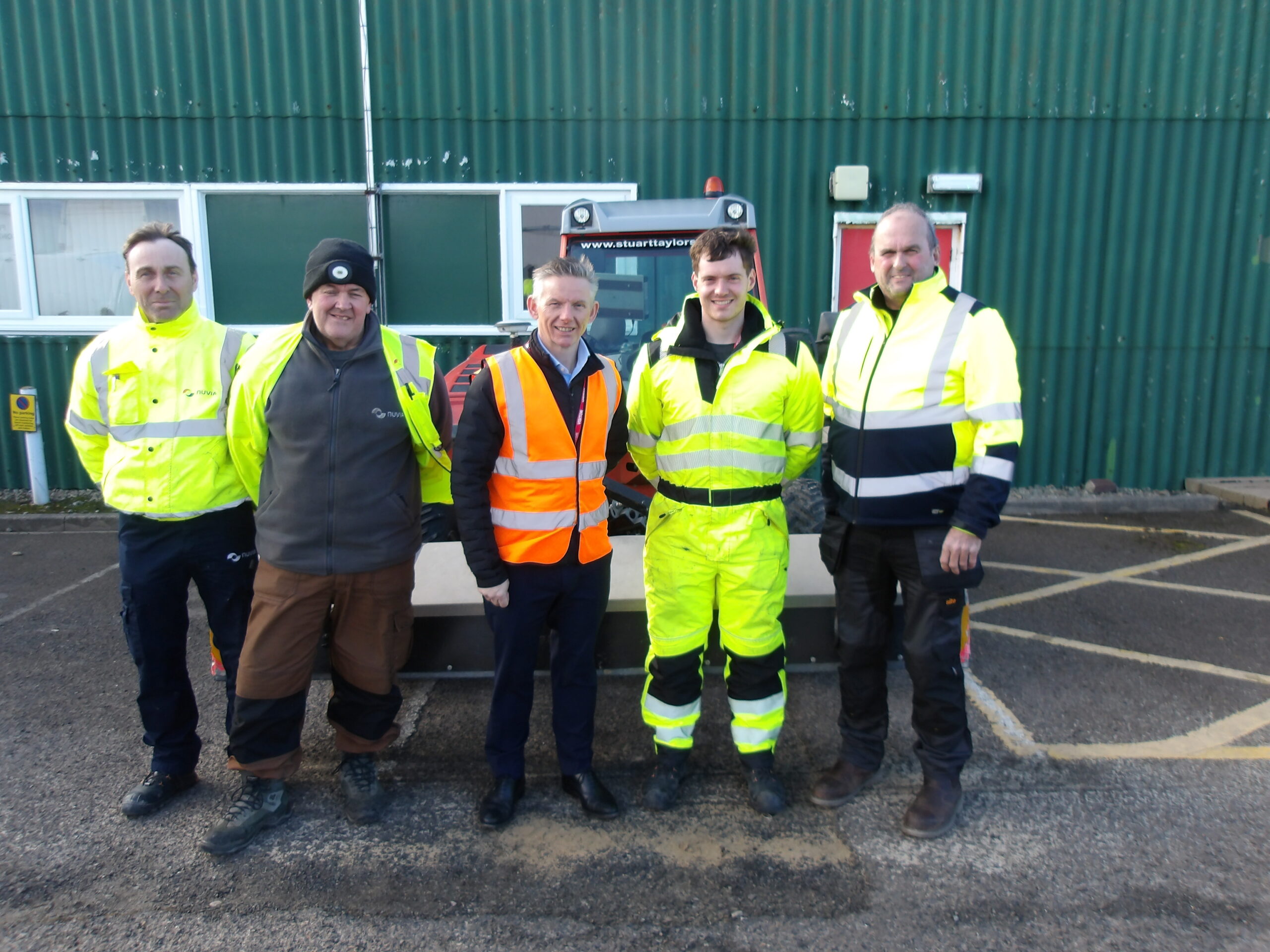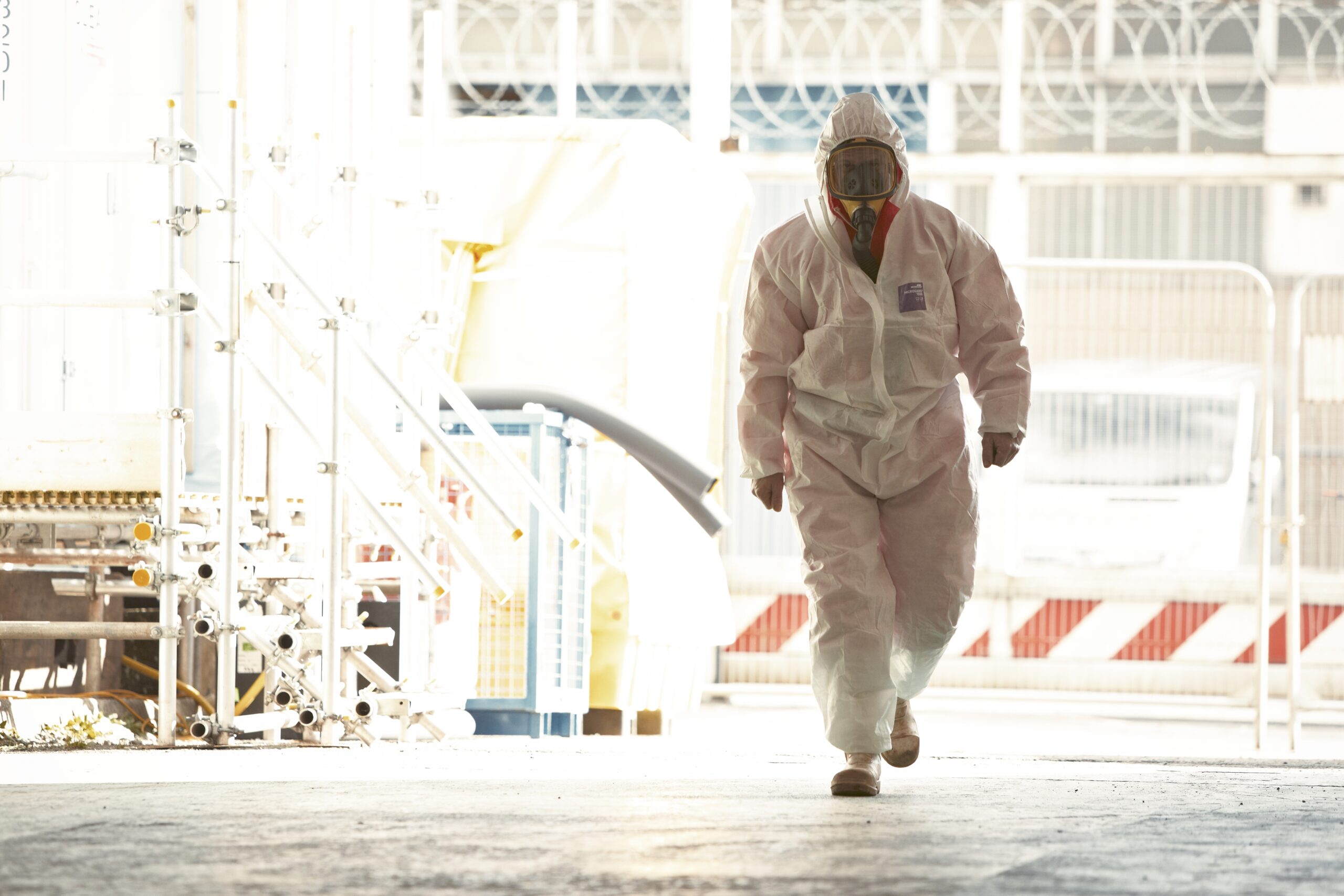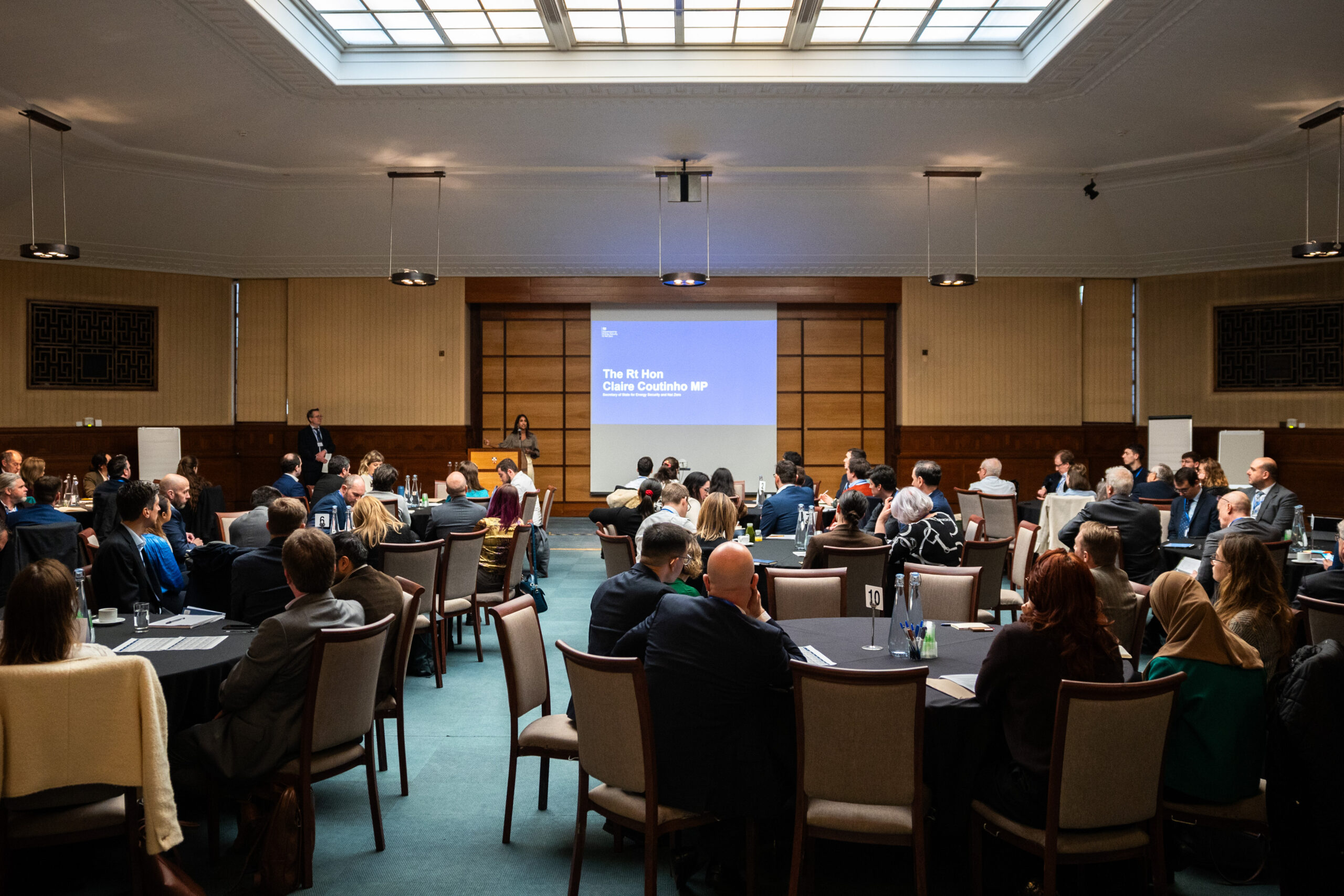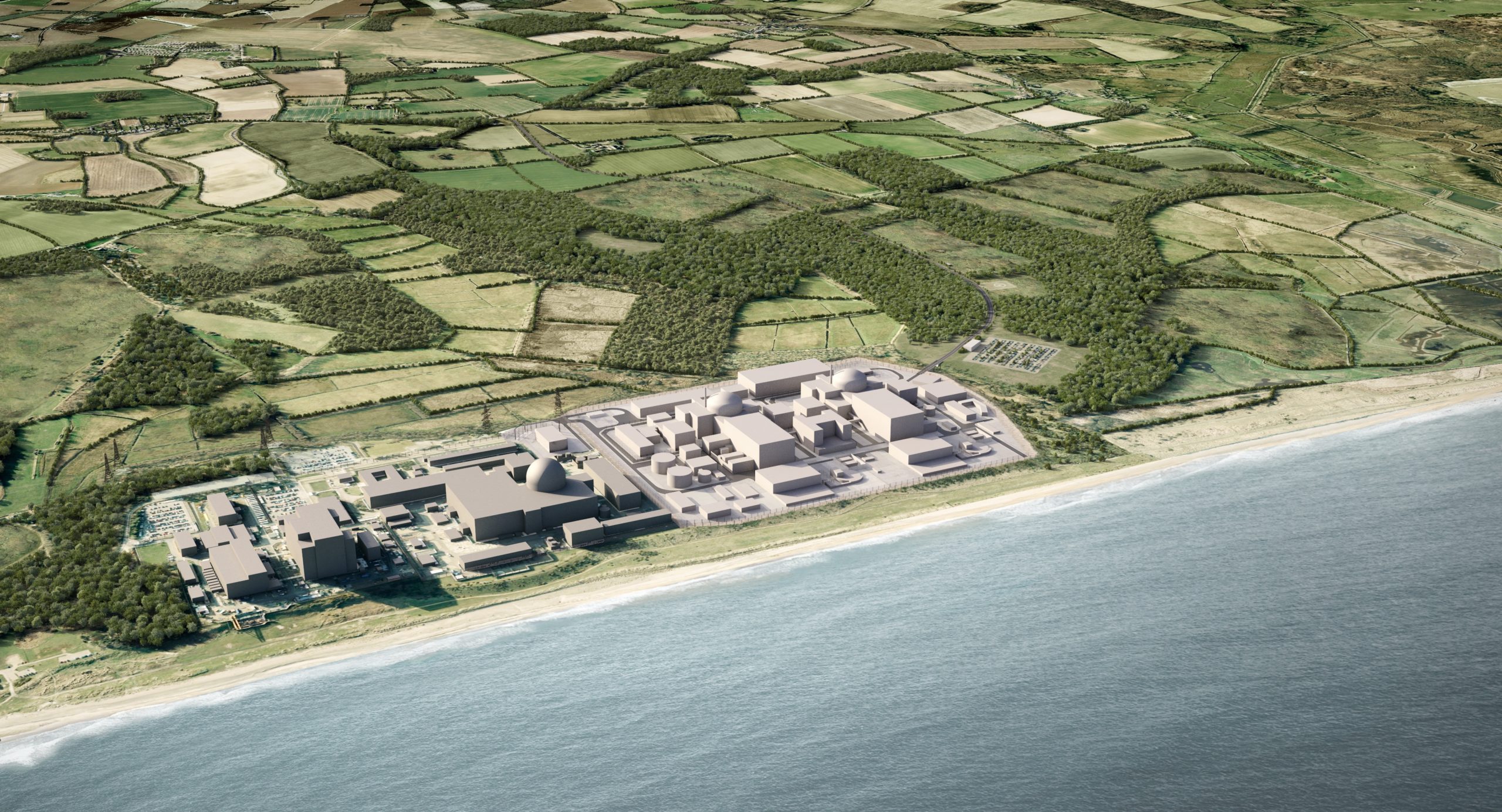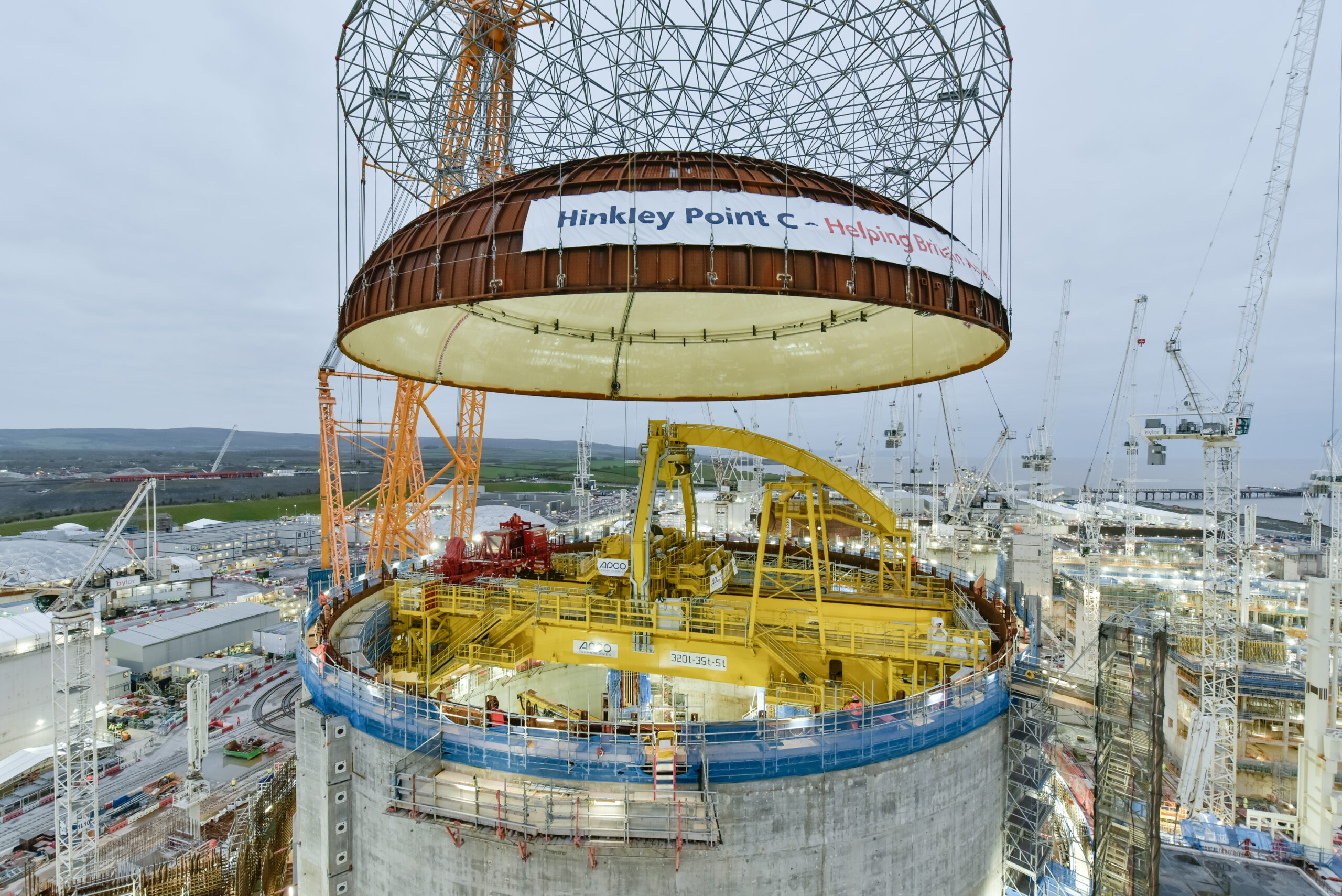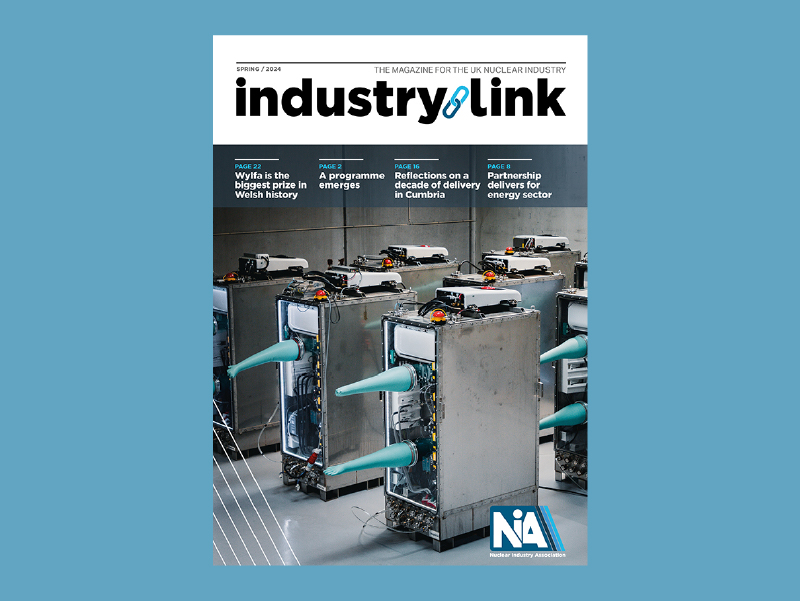This report shows the significant, supportive role nuclear plays in decarbonising our energy system in a cost effective way
Urenco published the findings from an independent study that it initiated with Aurora Energy Research to investigate the benefits of deploying both nuclear and renewables in hydrogen production, to support the energy transition and meet UK climate targets.
The report, called ‘Decarbonising Hydrogen in a Net Zero Economy’, has been supported by the IAEA, EDF and Lucid Catalyst and is available on the Urenco website.
The report follows the UK Government’s Hydrogen Strategy, published in August 2021. The Hydrogen Strategy stated that nuclear-hydrogen provides a number of options for producing clean hydrogen, but did not model the costs and competitiveness of nuclear’s contribution.
The key findings of the study include:
- To facilitate rapid decarbonisation and cut dependency on fossil fuels, both nuclear and renewables are needed for power and hydrogen production.
- Together, nuclear and renewables can provide the hydrogen volumes needed for Net Zero in 2050.
Deploying large volumes of nuclear alongside renewables is economically efficient, reducing the net present value of the UK’s total system spend by 6-9% (£40-60bn) to 2050. - Combining hydrogen and nuclear leads to competitive costs. Using heat and electricity together from a nuclear power plant for hydrogen production provides a strong cost advantage.
- Cumulative greenhouse gas emissions to 2050 can be reduced by 80 MtCO2e and gas usage in power and hydrogen by 8k TWhth.
Boris Schucht, Chief Executive of Urenco Group, said:
“Nuclear power clearly has an important role alongside renewables in the clean energy transition through supporting reliable, low carbon electricity generation and the future production of hydrogen. To realise this, we need to unlock investment, by creating a new financing model for nuclear and a market environment for hydrogen. The development of high temperature reactors would be one way that nuclear can support hydrogen, given these designs are very efficient for the production of hydrogen. This latest research is an important step in enabling policy makers to pave the way for the delivery of Net Zero by 2050. We look forward to constructive conversations in the coming months and strong collaboration across industry and government on this critical work.”
Felix Chow-Kambitsch, Head of Commissioned Projects – Western Europe of Aurora Energy Research, said:
“There is an exciting potential for combining nuclear, renewables, and hydrogen to deliver a Net Zero economy. Aurora’s new report is the first study of its kind to demonstrate how nuclear can complement renewables and hydrogen. Achieving hydrogen volumes required for Net Zero without fossil fuels will be challenging without electrolytic hydrogen from nuclear and renewables. An energy system with high ambition in nuclear power can reduce its reliance on fossil fuels, reduce carbon emissions, and reduce system costs.”
Rafael Mariano Grossi, Director General IAEA, said:
“It is important that decisions about the energy transitions towards Net Zero energy systems be taken on the basis of objective information. Our own analyses show that a virtuous combination of both renewables and nuclear power can deliver decarbonized energy systems at optimal cost. From the point of view of technology, advanced reactors could produce an important part of the hydrogen needed to decarbonize hard to abate sectors”.
Rebecca Rosling, Head of Smart Customers at EDF said:
“We will need a range of technologies to meet Net Zero, and this report shows the significant, supportive role nuclear plays in decarbonising our energy system in a cost effective way. We’re already progressing hydrogen projects – from production to end user consumption – to demonstrate how hydrogen produced from both nuclear power and renewables can help Britain achieve Net Zero, and we will continue to work with industry and Government to drive forward this important area.”
Kirsty Gogan, Managing Partner of Lucid Catalyst said:
“The sequencing and time-sensitivity of the Net Zero challenge, which involves a massive, simultaneous infrastructure build-out in every country over the next 28 years presents an unprecedented logistical challenge. The challenge is not only to build enough clean electricity generation, but to build the infrastructure needed to electrify or fully decarbonise end use sectors such as heat, industry, and transport.
“This report is the first to begin to account for these challenges and de-risk them through programmatic deployment of advanced reactors with high temperature steam electrolysis. These low-cost flexible co-generators complement renewables, eliminate dependence on fossil fuels, and enable Gigafactory-scale hydrogen and synfuels production. The wider adoption of these transformative solutions in mainstream modelling would lead to a much-needed shift in the discourse about the feasibility, cost and risk of achieving Net Zero.”
ENDS
Notes to editors:
- The research is a follow-on to Aurora’s 2020 study “Hydrogen for a Net Zero GB: An Integrated Energy Market Perspective”.
- While the study is focused on the UK, the results are applicable to other countries, including developing nations.
- The scenarios presented are exploratory to assess a wider range of technology mixes.
- In addition to modelling of power and hydrogen markets, the report also discusses potential risks to the energy transition and policy implications.
- Read the full study, executive summary and an insights report
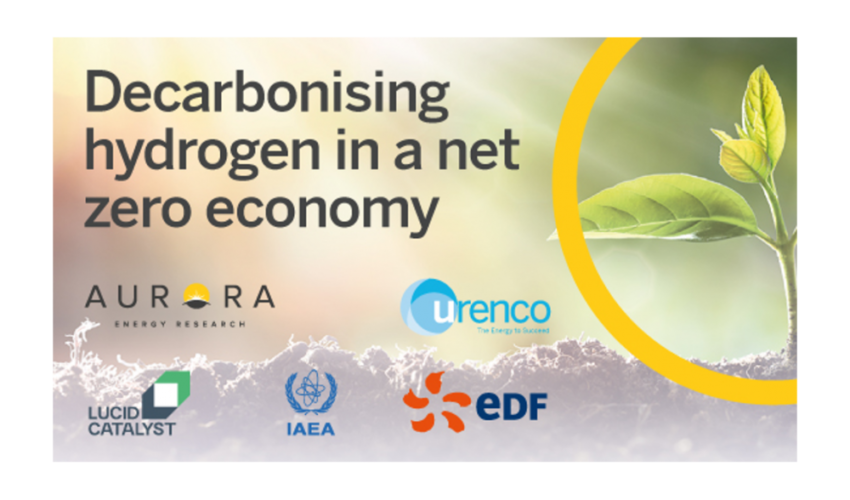


 Rebecca Rosling, Head of Smart Customers, EDF
Rebecca Rosling, Head of Smart Customers, EDF

